This was published 5 years ago
World's best backpacker destinations: Seven party towns that have grown up
By Ben Groundwater
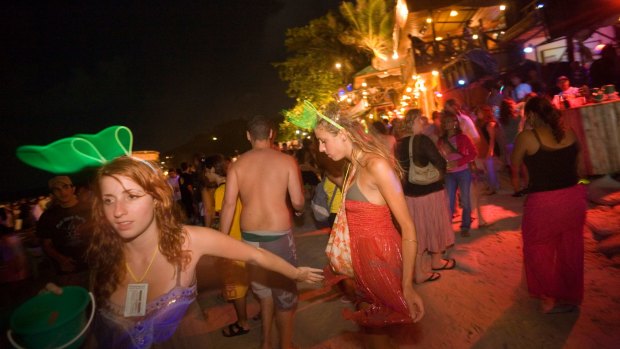
Thailand's Koh Pha-Ngan has long been a notorious backpacker hotspot.Credit: Alamy
It's not just the backpackers who get older.
Travellers themselves might progress in years, they might switch from hostels to hotels, go from party towns to resort towns, move from solo travel to family style – but the same thing can happen with destinations.
Sometimes, the places you used to visit as a backpacker go through the same period of change – they grow up, they mature, they morph into something different. That can be a good thing, but it can also be bad.
If you used to visit these hotspots as a destitute but hard-partying backpacker, you might be a little surprised to see what they've become today.
Koh Pha-Ngan, Thailand
Home of the Full Moon Party. Inspiration for The Beach. Thailand's Koh Pha-Ngan has long been a notorious backpacker hotspot, where you drink Thai whisky out of a bucket, dance on the beach, make out with strangers, then crash out in your $7-a-night bungalow. And you can still do that, in places. Elsewhere on the island, however, you can now spend $300 or $400 a night at a luxury resort with an infinity pool and a day spa. That's progress. Right?
Lagos, Portugal
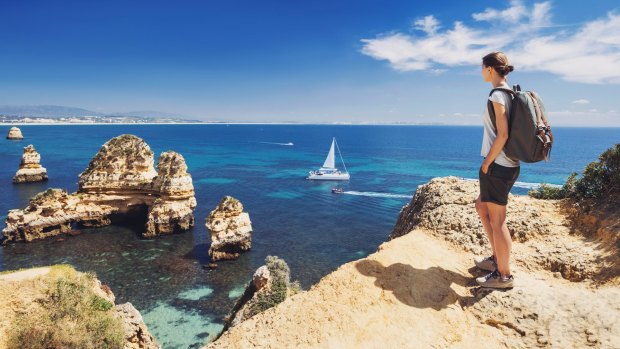
Credit: Shutterstock
Lagos used to be the backpacker party town, a meeting spot for all those wanderers of Western Europe who'd got sick of the cathedrals and art galleries and just wanted to get drunk in the sun for a few weeks. These days there's still good nightlife in Lagos, and a decent backpacker crowd, but it's not exactly limited to budget travellers. High-end villas and luxury hotels have arrived in Portugal's Algarve region, and with them a whole new clientele.
Vang Vieng, Laos
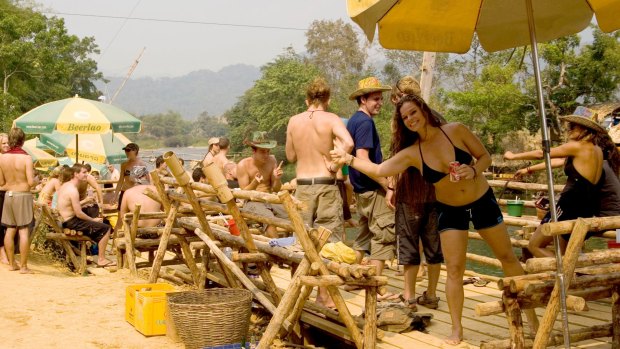
Riverside bars were all the rage in Vang Vieng a few years ago.Credit: Alamy
If you backpacked through south-east Asia any time between 2000 and 2012, then you would know all about Vang Vieng. This was the home of "tubing", the infamous booze-soaked river trips that involved slides, swings, tractor-tyre inner tubes, often illegal riverside bars, magic mushrooms, and plenty of injuries and even a few deaths. Is it a bad thing that tubing as we knew it is gone? No. Definitely not. However, the Vang Vieng of old has also gone, the one-time backpacker secret now the home of luxury boutiques and high-rise hotels. Is that a bad thing? Maybe.
Siem Reap, Cambodia
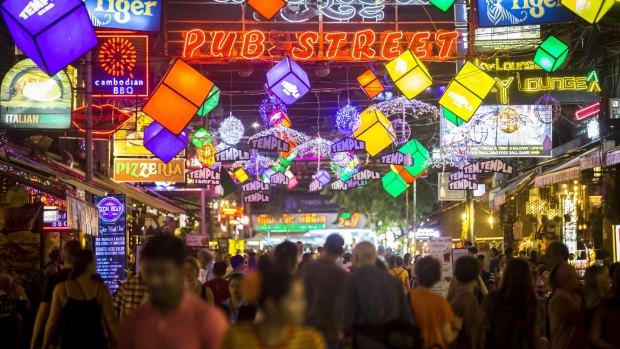
Credit: Shutterstock
Once the modern international airport goes in, it's all over. Siem Reap, Cambodia's gateway to Angkor Wat, used to be relatively difficult to access, a place you would have to get to via somewhere else. That made it more popular with long-term travellers, often backpackers, than anyone else. And then, the airport got upgraded. In 2001, half a million people flew through Siem Reap. Last year, more than 4 million called through. There are direct flights now from Seoul, Shanghai, Singapore, and many other Asian hubs. No wonder the place is almost unrecognisable.
Byron Bay, NSW
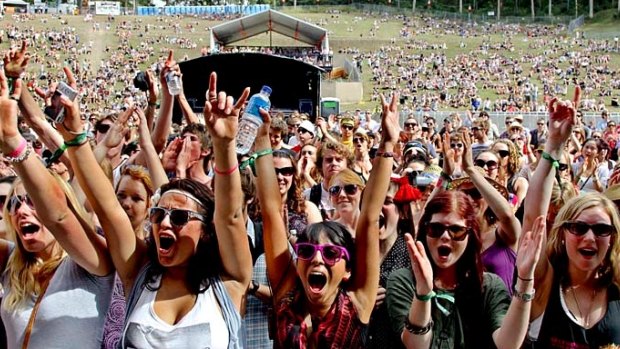
Credit: Edwina Pickles
Byron still fancies itself as an alternative, hippie paradise, but that's like your rich stockbroker mate claiming he hasn't changed since his student days. It's not true. Byron Bay is now pretty fancy: there might be a couple of cheap hostels left, and the odd shop still selling crystals and dream-catchers, but they're small fry compared to the proliferation of luxurious boutique hotels and upmarket restaurants that now line the beachfronts.
Hvar, Croatia
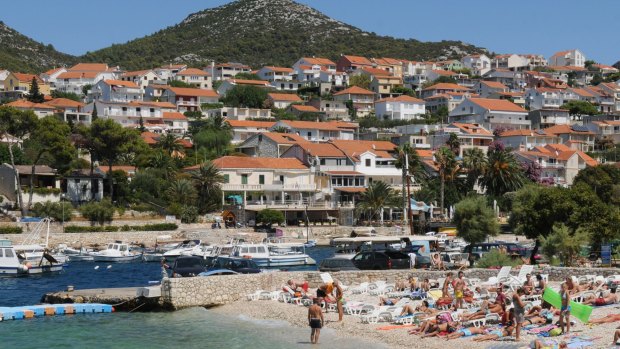
Credit: Shutterstock
This beautiful island in the Adriatic Sea was always a tourism hotspot; that is, until war broke out in the former Yugoslavia, and the visitors stopped arriving. When that war ended it was the backpackers who paved the way for a new boom in the late '90s and early 2000s, turning Hvar into a party town that began attracting mainstream tourists, and then big-money investors, and now it's all fancy resorts and good times.
Cusco, Peru
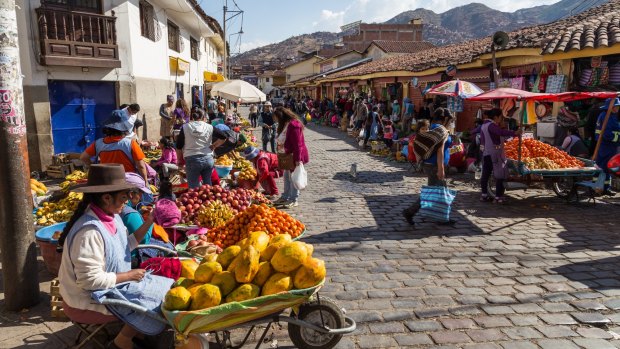
Credit: Shutterstock
Like Croatia, Peru had its share of bad times. While the Maoist guerrilla group the Shining Path was active in the '80s and early '90s, few people visited this South American beauty. Around the late '90s, however, adventure travellers started streaming back into the country, particularly to Cusco, in the high Andes. Cusco then was a niche destination, with only small guesthouses and a few hotels available. It was a place young people went. Now, however, it's mainstream. Everyone is going to Cusco, from budget adventurers to luxury package-holiday tourists. The city has changed.
Which former backpacker havens do you think have changed the most? Have you gone back to any old favourite places and been disappointed?
Email: b.groundwater@fairfaxmedia.com.au
Instagram: Instagram.com/bengroundwater
See also: Lessons every traveller needs to learn before turning 40
Sign up for the Traveller Deals newsletter
Get exclusive travel deals delivered straight to your inbox. Sign up now.